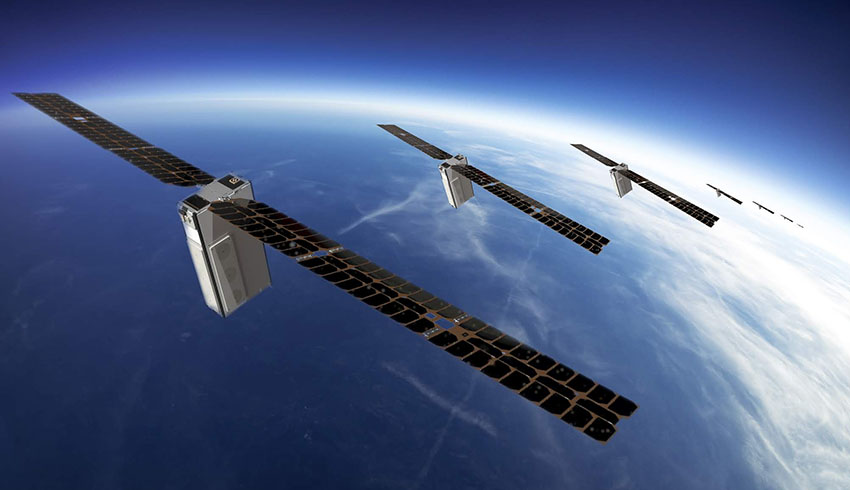In an investor presentation, SAS said it was seeking to raise $14.2 million in total, comprising $9.2 million from their entitlement offer shortfall and $5 million in share placement.
That will be used to fund construction, testing and launch of the company’s first eight commercial 6U nanosatellites and ground terminals for their proposed constellation, servicing the booming market for internet of things connectivity.
SAS said the launch of first batch of nanosatellites in first quarter 2021 will signal the start of revenue generation.
It already has more than 50 agreements with future customers, providing a strong pipeline of opportunities.
SAS incorporated in the UK in 2015 and listed on the Australian Securities Exchange in May 2016.
The company is based in Perth and is well advanced in plans for what it calls the Pearls constellation of as many as 200 nanosatellites in equatorial orbit, providing low cost communications, data and internet services for markets in Africa, South America and Asia.
SAS is proposing an additional satellite constellation, allowing full global coverage, including Australia, Russia, China, South Africa, Argentina and Canada. The company has more than 50 agreements in place for use of its services.
In 2017, SAS Global launched three prototype satellites on an Indian rocket to test its technology.
SAS said that gave it more than two years of space proven heritage de-risking deployment, operations and the business model.
It hasn’t proved easy with the company encountering problems raising the funds it needs. SAS shares have been suspended from trading on the ASX since April. At that time shares were trading under two cents.
“Why SAS? Why now? Leveraging SAS first-mover technology to meet growing IoT and telco connectivity demand,” the company said in its presentation.
It cites its first-mover advantage and the cast market potential. Only now are the big players such as SpaceX starting to populate their proposed small satellite communications constellations.
SAS said there is a market opportunity. Right now there are coverage gaps, with cellular connectivity not globally available and satellite solutions are expensive, complex and non-dedicated.
SAS can provide global reliable scalable connectivity via nanosatellites, at a fraction of the cost of traditional communications satellites, enabling new market opportunities.
Small satellites are projected to dominate the global satellite IoT market growth, and all satellite M2M/IoT applications are expected to grow, with revenue growth expected at 6.6 per cent compound annual growth rate, reaching $11.6 billion in the next 10 years.

